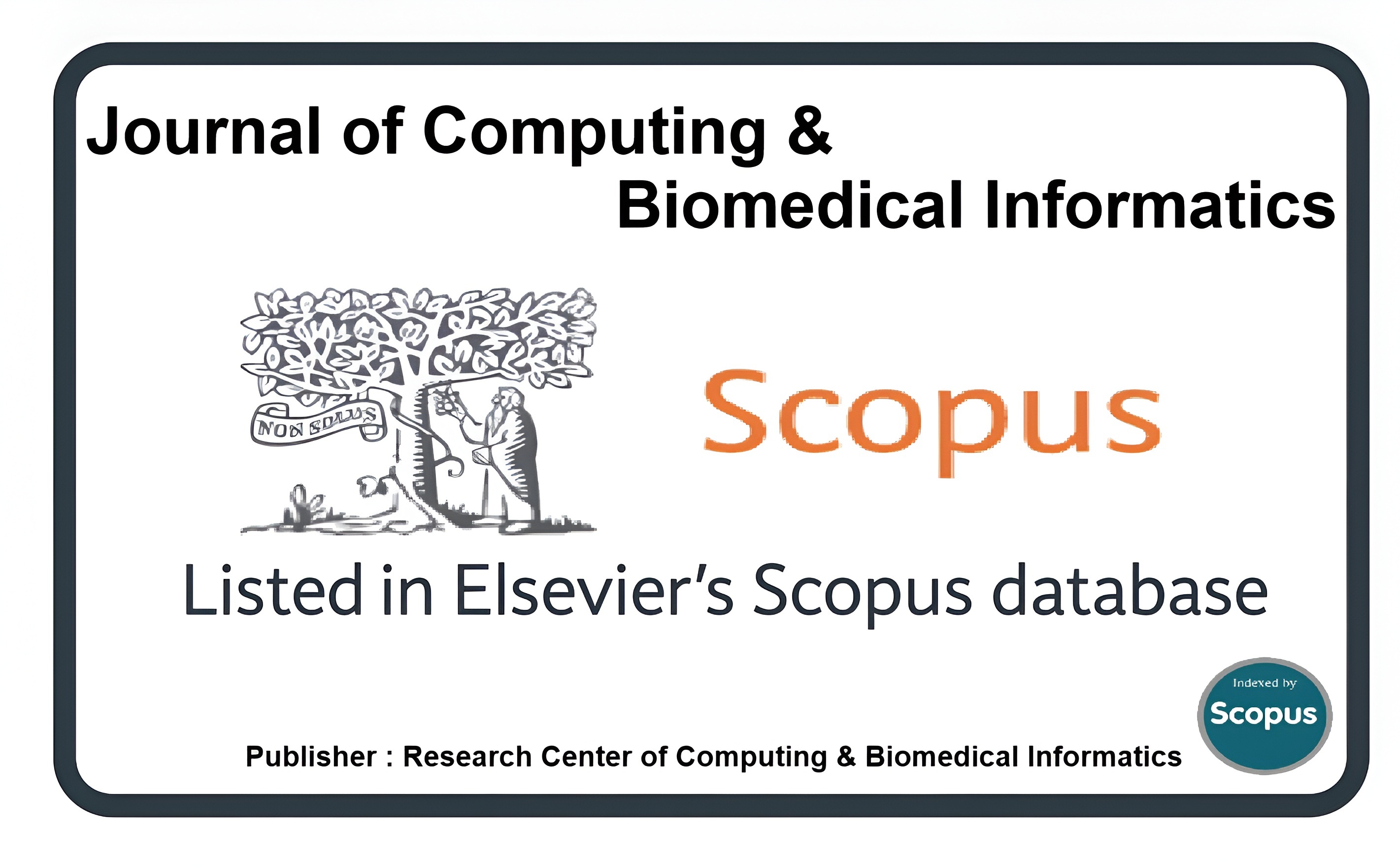Enhancing Food Safety: A Machine Learning Approach for Accurate Detection and Classification of Food Allergens
Keywords:
Food allergy, Prediction, Machine Learning, Random Forest, Decision Tree, Allergy detection, K-Nearest NeighborsAbstract
Food allergies can severely impact quality of life for patients in certain situations. Diagnosing food allergies before exposure is expensive and risks over diagnosis. The identification of allergenic foods reveals significant connections within food allergy data, ultimately benefiting patients. The model utilize machine learning technique for detection and classification of food allergens. Food allergen detection model is proposed that predicts if foods contain allergens. The model facilitates doctors and nutritional experts in formulating a food list by promoting the retention of non-allergenic foods, thereby mitigating the risk of nutritional deficits. The model scores food descriptors and tests their classification performance. Random forest, support vector machine, and k-nearest neighbors models achieved training and validation accuracies of 96.8%, 93.54%, and 95.16%, respectively. Decision tree achieved the highest evaluation accuracy at 98.4%. This proposes an approach to understand food allergens' nature. Conducting an in-depth analysis of allergen prevalence allows to acquire valuable insights into the occurrence of different allergens in various food products. The system has the potential to empower personalized recommender systems for individuals with dietary restrictions or allergies, enhancing their ability to make informed and safe food choices.
Downloads
Published
How to Cite
Issue
Section
License
This is an open Access Article published by Research Center of Computing & Biomedical Informatics (RCBI), Lahore, Pakistan under CCBY 4.0 International License





